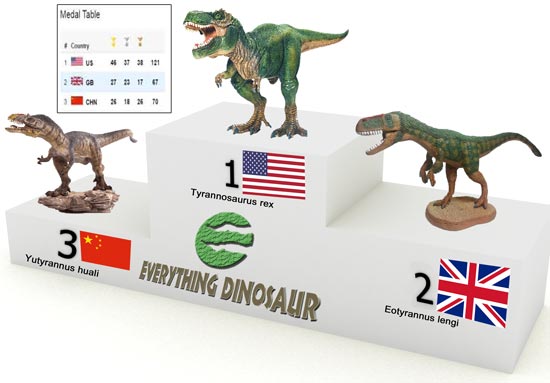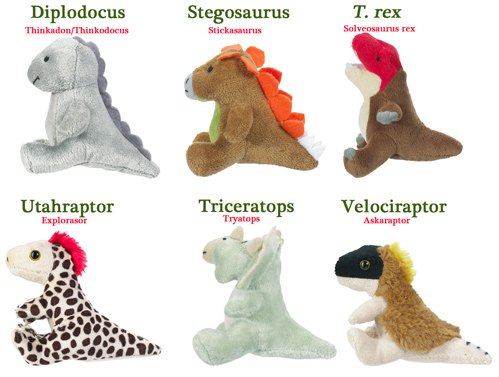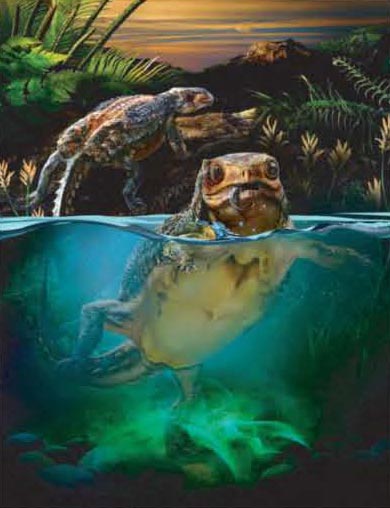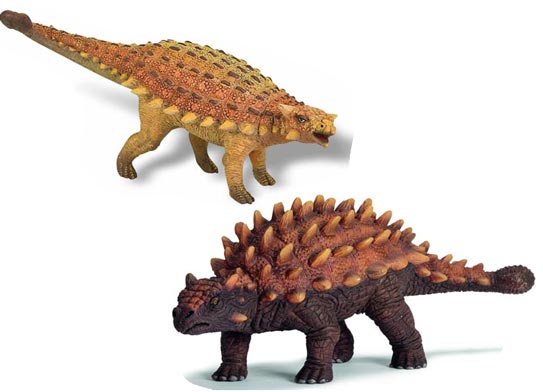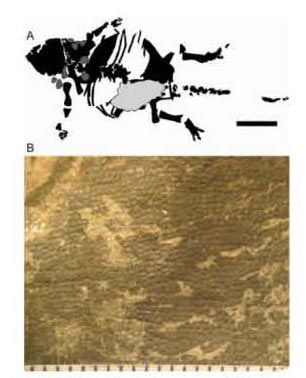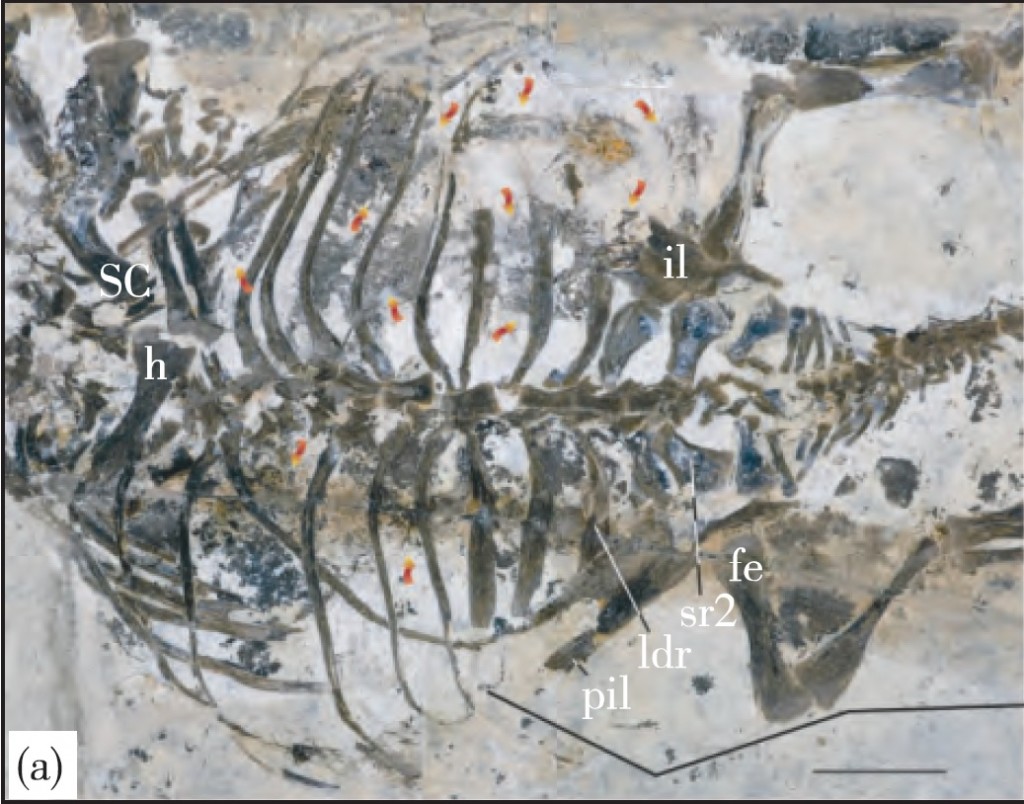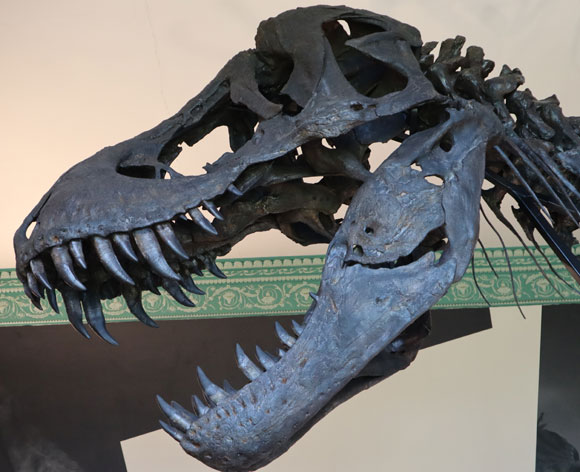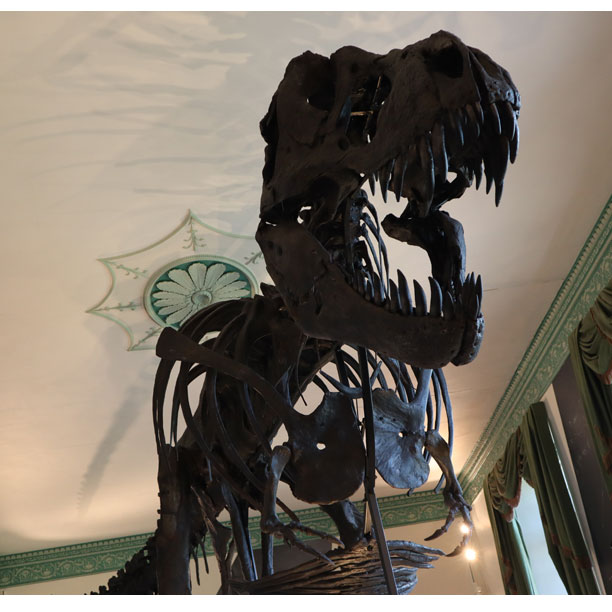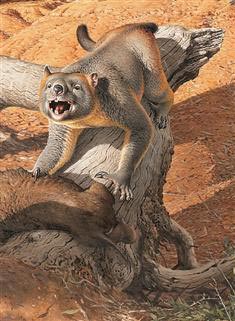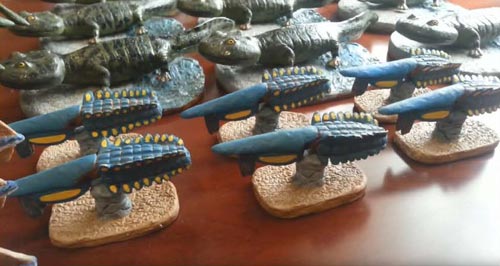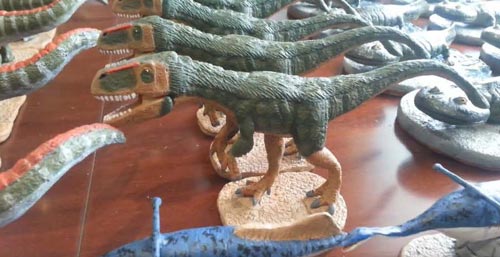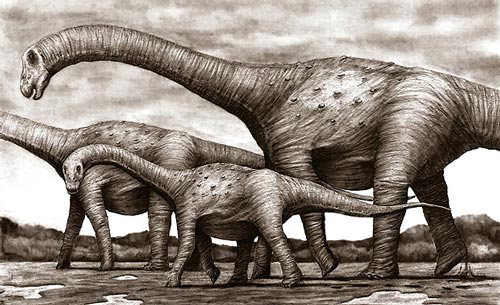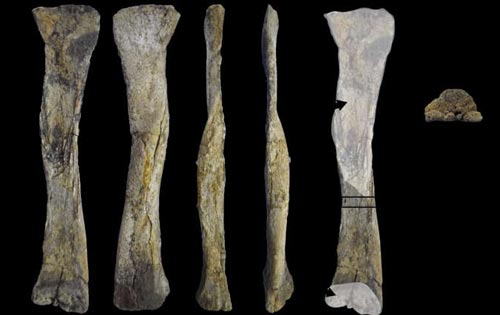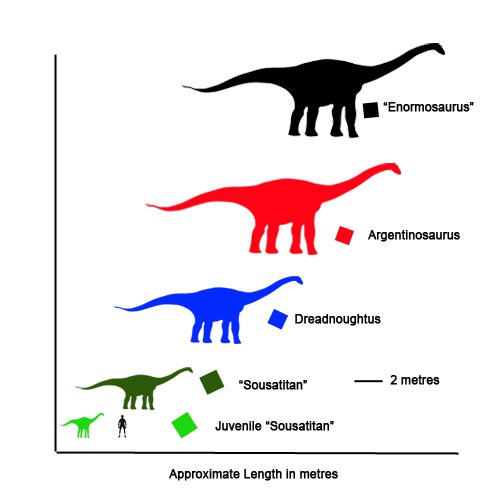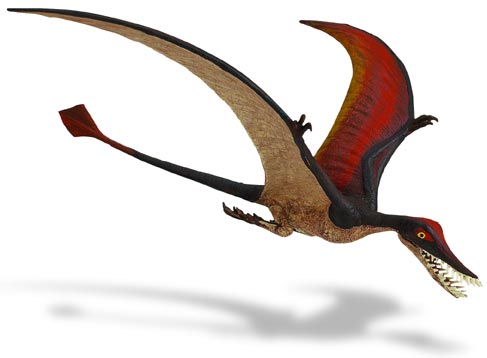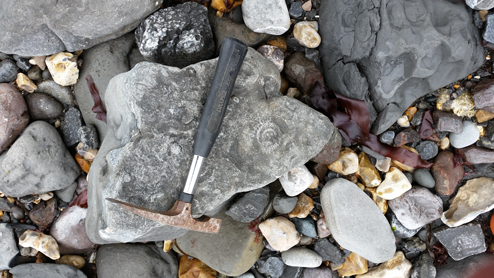It Has Been An Olympic Effort
Congratulations to Rio et al
Today’s blog post is dedicated to all those hard-working, dedicated people who made the 2016 Olympic games in Rio such an amazing success. We pay tribute to the organisers, the administrators, the game-makers, team members, technicians, broadcasters and fans, it has been a fantastic two weeks of sport and we hope that the Olympic ideals will continue to inspire people around the world – “Citius, Altius, Fortius”!
A special mention to team GB who enjoyed their most successful Games in terms of medals since 1908.
The Olympics and the Dinosaurs
Back in 1996, when the summer Olympics was held in Atlanta, Georgia (USA), Great Britain achieved at total of fifteen medals, with only one gold*. Twenty years later and it is a very different story. From finishing thirty-sixth in the medal table two decades ago, Great Britain in Rio won a total of sixty-seven medals, twenty-seven of them gold. Team GB certainly did a nation proud, finishing second in the medal table for the first time in 108 years. Team GB were the first team to increase its medal count in five successive Games and we are the only host nation to go on to win more medals at the following Olympics.
So how do we at Everything Dinosaur mark this achievement? With dinosaurs of course.
Celebrating Success at the Olympic Games (Rio 2016)
Picture credit: Everything Dinosaur
For dinosaur models and figures: PNSO Age of Dinosaurs.
The Link Between the Olympics and the Dinosauria
Whilst it might look a little strange to place dinosaurs onto a podium and to link a nation’s sporting success to the Dinosauria, some parallels between the medal table at the end of the Rio Olympics and the study of dinosaurs can be drawn. For example, in the early days of this particular branch of vertebrate palaeontology, Great Britain led the way with a number of eminent scientists making important dinosaur discoveries.
After all, the first three types of dinosaur to be scientifically described were described from fossils found in England. Great Britain had a lot of early success in the first of the modern Olympic Games to be held. However, countries like China and the United States gradually became more and more dominant – just as with the Dinosauria with many more different types of dinosaurs now known from America and the Peoples Republic of China.
To have Team GB finish above China in second place in 2016 is quite remarkable. Perhaps the Chinese can take solace in the fact that now, great institutions such as those encompassed by the Chinese Academy of Sciences, have amassed far more fossilised bones of dinosaurs than any other country. When it comes to new dinosaur discoveries and their frequency, it could be argued that China leads the way.
Global Tyrannosaurids
One other point to note. Standing on the podium in their respective positions are three types of tyrannosaurid. China is represented by Yutyrannus huali, whose fossils come from Liaoning Province. In the silver medal position is Eotyrannus lengi a member of the tyrannosaur family whose fossils are associated with the Isle of Wight (Great Britain), sitting on top, is perhaps the most famous dinosaur of all Tyrannosaurus rex. Yes, we know that Tyrannosaurus rex is also associated with Canada and Mexico, but as it is mostly known from fossil material excavated from the Hell Creek Formation of Montana, we thought that using T. rex to represent the United States would be appropriate.
The term “Olympic Family” is often used to represent nations coming together. The Rio Olympics has been a truly global event and when it comes to dinosaurs such as the tyrannosaurids, these animals too seem to have had an almost global distribution. We also note from our sales, that dinosaur models, toys and games have a world-wide appeal.
Thus ends our tribute to everyone involved in the Games, we look forward to Tokyo in 2020. We have four years to learn all about Japanese dinosaurs.
gold* – Matthew Pinsent and Steve Redgrave — Rowing, Men’s Coxless Pair (both of which were later knighted).
Visit Everything Dinosaur’s award-winning and gold standard website: Everything Dinosaur.


